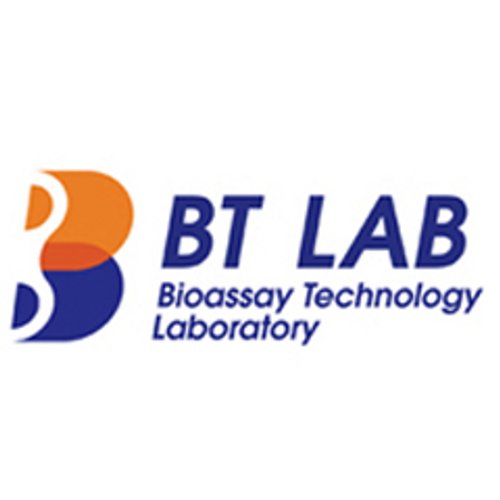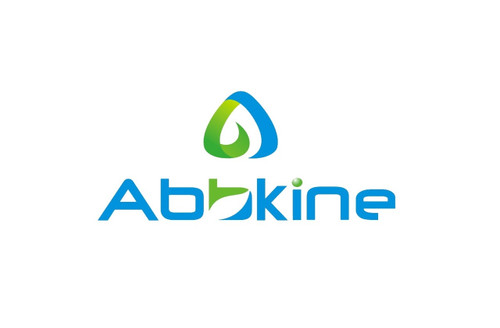Product Description
Rat Oncostatin M (OSM) ELISA Kit | AE62891RA | Abebio
Species Reactivity: Rat (Rattus norvegicus)
Abbreviation: OSM
Alternative Name: MGC20461;
Application: ELISA
Range: 15.6-1000 pg/mL
Sensitivity: 6.5 pg/mL
Intra-Assay: ≤4.5%
Inter-Assay: ≤10.6%
Recovery: 1, 01
Sample Type: Serum, Plasma, Other biological fluids
Detection Method: Sandwich
Analysis Method : Quantitive
Test Principale: This assay employs a two-site sandwich ELISA to quantitate OSM in samples. An antibody specific for OSM has been pre-coated onto a microplate. Standards and samples are pipetted into the wells and anyOSM present is bound by the immobilized antibody. After removing any unbound substances, a biotin-conjugated antibody specific for OSM is added to the wells. After washing, Streptavidin conjugated Horseradish Peroxidase (HRP) is added to the wells. Following a wash to remove any unbound avidin-enzyme reagent, a substrate solution is added to the wells and color develops in proportion to the amount of OSM bound in the initial step. The color development is stopped and the intensity of the color is measured.
Product Overview: Oncostatin M (OSM) is a cytokine originally isolated from medium conditioned by PMA-treated U-937 histiocytic leukemia cells based on its ability to inhibit growth of A375 melanoma cells. The OSM cDNA encodes a 252 amino acid pre-pro-OSM polypeptide with a 25 residue hydrophobic signal peptide and a hydrophilic C-terminal domain that are proteolytically processed to generate the 196 residue mature form of OSM. Although both mature and pro-OSM are equally active in radio-receptor assays, the mature OSM is 5- to 60-fold more active in growth inhibition assays. Thus, proteolytic processing of the pro-OSM peptide may be important in regulating the in vivo activities of OSM.OSM is a pleiotropic cytokine that initiates its biological activities by binding to specific cell surface receptors.
Stability: The stability of ELISA kit is determined by the loss rate of activity. The loss rate of this kit is less than 5% within the expiration date under appropriate storage condition. The loss rate was determined by accelerated thermal degradation test. Keep the kit at 37°C for 4 and 7 days, and compare O.D.values of the kit kept at 37°C with that of at recommended temperature. (referring from China Biological Products Standard, which was calculated by the Arrhenius equation. For ELISA kit, 4 days storage at 37°C can be considered as 6 months at 2 - 8°C, which means 7 days at 37°C equaling 12 months at 2 - 8°C) .
 Euro
Euro
 USD
USD
 British Pound
British Pound
 NULL
NULL








